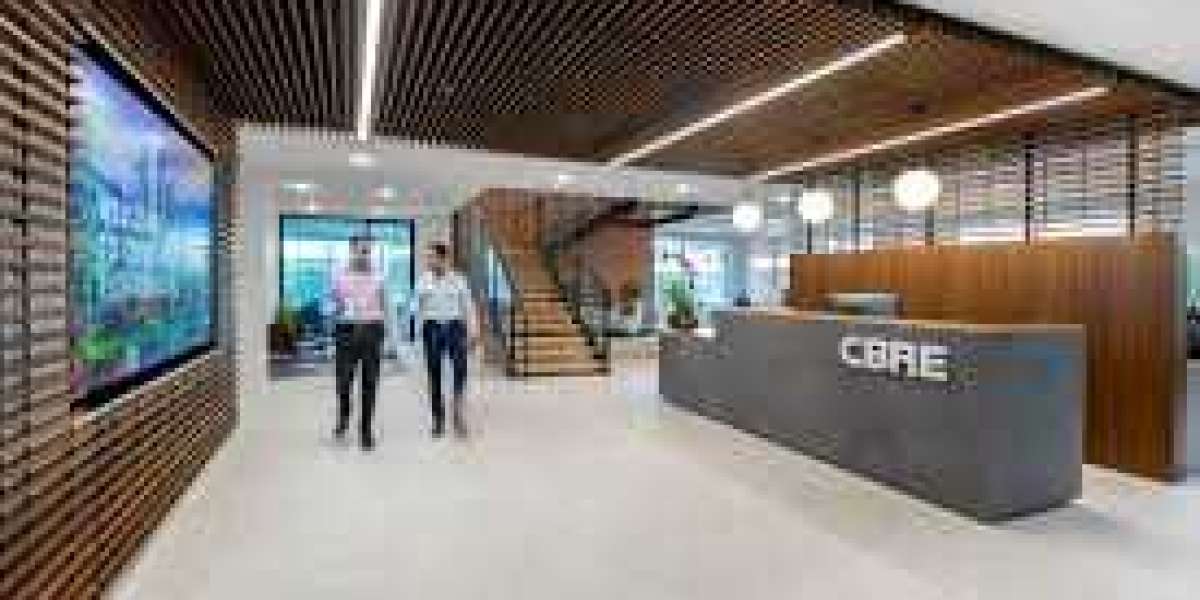A Demographic Tailwind
The aging population in the United States—and globally—is a powerful force behind the surge in senior living demand. According to the U.S. Census Bureau, by 2030, all Baby Boomers will be older than 65, expanding the size of the senior population to an estimated 73 million people. This demographic shift means that nearly one in five Americans will be of retirement age, presenting tremendous opportunities for senior housing providers.
However, today’s seniors are different from previous generations. They are healthier, more active, tech-savvy, and have higher expectations for their living environments. They are seeking vibrant communities that offer independence, wellness-focused amenities, and opportunities for social engagement.
Shifting Consumer Expectations
The traditional model of senior living—centered largely around medical care—is giving way to a lifestyle-driven approach. Seniors are looking for communities that mirror resort-style living with a focus on hospitality, wellness, and personalized experiences.
Modern senior living developments increasingly feature amenities such as fitness centers, spas, farm-to-table dining, educational programs, and even art studios. Technology integration, from telehealth services to smart home devices, is now seen as essential, enhancing safety, convenience, and quality of life.
Moreover, location matters more than ever. Seniors are expressing a strong preference for walkable communities with access to shopping, dining, and cultural activities, reflecting a desire to stay connected to the broader community rather than living in isolated, stand-alone facilities.
Investment Opportunities
From an investment standpoint, the fundamentals of the senior living sector remain strong. Senior housing occupancy rates have rebounded in recent years and are poised to strengthen further as demand accelerates. New supply, which had previously outpaced demand in some markets, has moderated, creating more balanced conditions favorable to both investors and operators.
At CBRE, our research indicates that investors are increasingly attracted to the senior housing sector due to its recession resilience and long-term growth prospects. Core, core-plus, and value-add opportunities are all present in the marketplace, offering a range of entry points depending on investment strategy.
Additionally, partnerships and joint ventures between healthcare operators and real estate investors are becoming more common, helping to bring specialized knowledge together with capital resources to deliver highly desirable senior living solutions.
Innovations and New Models
The senior living sector is also seeing innovations in community models. Active adult communities—targeting younger seniors aged 55 and above—are emerging as a dynamic segment, offering independent living with minimal services in an environment designed for social interaction and lifestyle enrichment.
Assisted living and memory care facilities continue to evolve as well, with a stronger emphasis on dignity, autonomy, and personalized care plans. Operators are designing spaces that feel more like home and less like traditional healthcare institutions, blending thoughtful architecture, communal spaces, and therapeutic programming.
Intergenerational living models, where seniors and younger people coexist in shared communities, are another trend to watch. These models encourage social connection and mutual support, addressing issues like loneliness and fostering a greater sense of purpose.
Sustainability and ESG Considerations
Environmental, Social, and Governance (ESG) factors are increasingly important in real estate investment decisions, and senior living is no exception. Sustainable design, energy efficiency, and wellness certifications are becoming critical components of new developments and renovations.
Operators are also enhancing their social value by creating inclusive environments that promote health, well-being, and community engagement. Investors who integrate ESG principles into their senior living strategies are likely to be better positioned to attract capital and deliver superior long-term returns.
The Role of CBRE
At CBRE, we are committed to helping clients navigate the complexities and opportunities of the senior living sector. Our integrated services—from capital markets and valuation to advisory and property management—are designed to support every stage of the senior housing lifecycle.
Our team brings deep sector expertise, data-driven insights, and a global network to help clients unlock value, optimize operations, and deliver exceptional living experiences for seniors. Whether you are looking to develop, invest, or operate in the senior living space, CBRE is your trusted partner in achieving success.
Conclusion
Senior living is entering a new era defined by innovation, lifestyle-driven offerings, and robust demand growth. For developers, investors, and operators, the sector offers both exciting opportunities and complex challenges. By staying attuned to evolving expectations, embracing new models, and prioritizing ESG principles, stakeholders can position themselves for long-term success.
At CBRE, we believe the future of senior living is bright—and we are ready to help our clients lead the way








